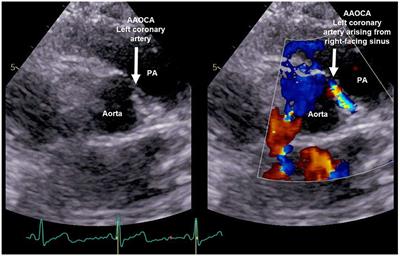EDITORIAL
Published on 10 Feb 2022
Editorial: Coronary Artery Anomalies: A 2020 Review
doi 10.3389/fcvm.2022.776951
- 1,652 views
- 3 citations
10k
Total downloads
61k
Total views and downloads
Select the journal/section where you want your idea to be submitted:
EDITORIAL
Published on 10 Feb 2022
ORIGINAL RESEARCH
Published on 24 Jan 2022

CASE REPORT
Published on 27 Aug 2021
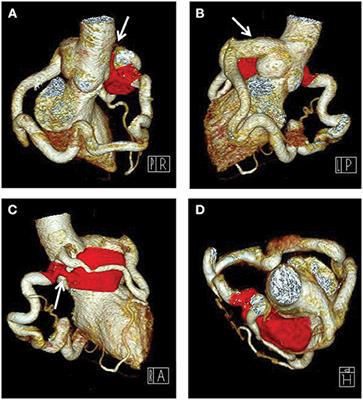
ORIGINAL RESEARCH
Published on 24 Jun 2021

REVIEW
Published on 31 May 2021
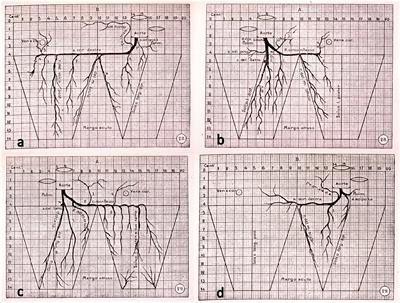
REVIEW
Published on 12 May 2021

REVIEW
Published on 18 Mar 2021
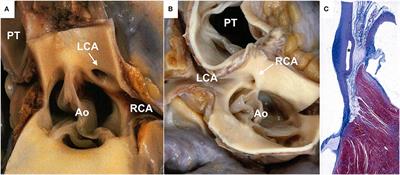
REVIEW
Published on 21 Jan 2021
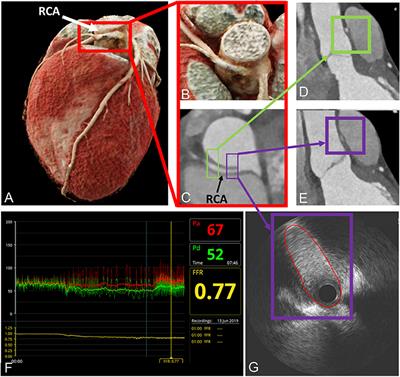
MINI REVIEW
Published on 18 Jan 2021
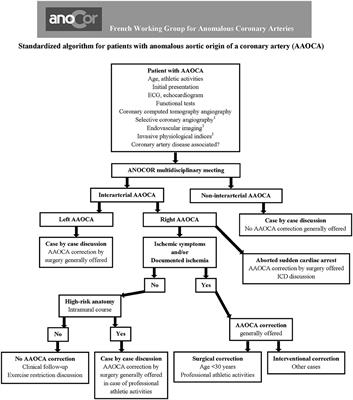
CASE REPORT
Published on 22 Sep 2020
